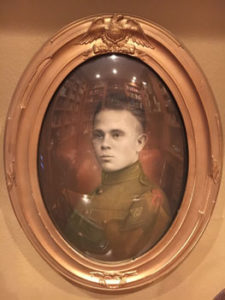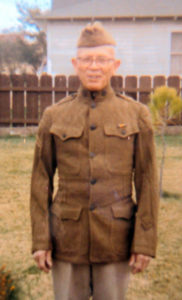The Second German Reich mapped out what was supposed to be the perfect war before the German Army even moved across Belgium with the intent of invading France. Espionage plans included installing spies, Union strikers, and propagandists in the United States.
It was a complex maneuver of blackmail, lessons in bomb making, money laundering, all the tactics still in use today. Countless numbers of German military leaders operated in Mexico to assist in the rebellion there. U. S. National Guard troops were also in the proximity of the Rio Grande.
Railways were the primary means of transportation since the end of the Civil War. Horses and mules were still in use for short distances and rough terrain but while a few automobiles were on new roads, most people along with industrial and agricultural goods traveled by trains.
The Germans easily obtained maps of all railway routes in the country. The railways gladly handed them out to anyone who was interested in getting from Point A to Point B with ease and comfort. Railways wanted the fares.
Having learned the hard way about destruction of bridges, engines, tracks, and all types of cars in the Civil War, the U. S. Military quickly became aware of the danger from German operatives. Troops must be transferred from training camps, located primarily in the south, to the Port of Bayonne, New Jersey, and then aboard ships to the French ports on the Atlantic coast. Not only were personnel sent by ship, but all armaments, food, medical supplies, everything an army needed was on those ships.
But there was a safety issue here on American soil. How to transport massive amounts of men newly trained became a logistical nightmare if the German espionage teams decided to reduce the nationalized railroad system to scrap metal heaps. There was absolutely no way to reroute the trains.
Then someone came up with a perfectly simple solution. At that time, as a train approached a station there was a sign beside the track to let the engineer know the location. Passengers could also read those signs as well as spies. Once at the station, there was abundant signage for travellers.
Why not remove some if not all of the locational signs? Why not travel as much at night as was possible? While I am certain other more sophisticated solutions were applied, some depots were soon anonymous.
Most of the enlisted men and officers were dressed in woolen uniforms. It was during the summer of 1917 that they traveled to their assigned ships. Trains had no air-conditioning. So the occupants rode with the windows open.
Intending to throw off any spies around, the trains zigzagged across the country, never going in a straight route from say Fort Worth to New Jersey ports. My grandfather told about pulling into a station one dark night. He and some others spotted a young boy on the platform. They asked him what was the name of the town. He replied “IUKA,” sounding out every letter phonetically in a deep Southern accent and strolled off completely unconcerned.
At least the men found humor in their situation.


